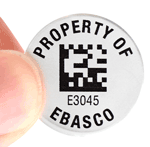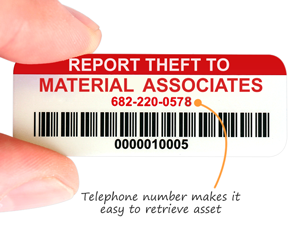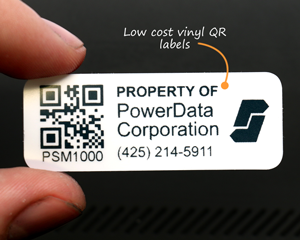Electronic Article Surveillance (EAS) proven to reduce retail shrink
Most consumers are familiar with Electronic Article Surveillance (EAS), even if they don’t know it by that name. But who hasn’t seen—or been—that shopper who walks happily out of a department store with the security tag on a newly purchased garment still activated? Suddenly you’re stuck—deer-in-the-headlights style—while the tag triggers an eardrum-splitting tone that lasts until Security comes to the rescue. Of course, in some cases the item hasn’t been paid for, and then it isn’t a rescue mission but an altogether different job that Security has to do. Most of us associate electronic article surveillance with apparel or electronics, but a recent study indicates that this technology can have a significant effect on reducing shoplifting—otherwise known as inventory shrinkage—in grocery stores, as well. This is a big deal, because food retailers report that they lose billions of dollars per year due to inventory shrinkage (which includes check and gift card fraud, employee theft, vendor fraud and organized crime as well as shoplifting, but still.)
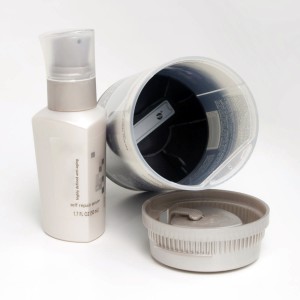
The Sensormatic brand Acousto-Magnetic (AM) label source-tagged for products in the health, beauty and cosmetics category, which is a target for shoplifters.
The recent study, sponsored by Tyco Retail Solutions and conducted by IDC Retail Insights, examined the effects of EAS technology at a major grocery chain. Electronic article surveillance technology “has been so trusted by retailers for so many years,” said Kim Warne, Tyco’s director of solutions marketing. “EAS technology started in the apparel industry and found its way into the grocery marketplace with the introduction of Acousto-Magnetic technology, which was capable of protecting theft-prone foil packages and liquids. Retailers now tag a wide variety of products, from meats to wines and spirits to high-end health and beauty care and general merchandise items.” Packaged goods are tagged with rectangular styrene tags contain that two parts, she explained. One part is the resonator that triggers the eardrum-splitter when the item passes through a security pedestal without being deactivated first. The other is the on-off switch that deactivates the resonator when it is scanned for purchase at checkout. It’s invisible to the typical law-abiding consumer, but it screams bloody murder when unscanned merchandise passes through the pedestal. The six-month Tyco trial took place between April and November 2012, during which time four of the chain’s stores were outfitted with the company’s Sensormatic Acousto-Magnetic EAS technology, while four other stores were used as controls. Two categories of inventory—general merchandise and health and beauty care—were tagged with Tyco’s Acousto-Magnetic tags. The tagging was done by the manufacturers or at the grocery chain’s warehouse, relieving store personnel of that time-consuming task. Manual inventory counts were done at the beginning and end of the six-month study [pdf]. Leslie Hand, research director at IDC, compared inventory shrinkage for the test and control stores during the six-month study with the two prior six-month inventory cycles. The results? The electronic article surveillance technology produced a dramatic 79-basis-point reduction in inventory shrinkage in the tagged product categories compared with control store net changes during the same period. Return on investment was achieved in less than 12 months.
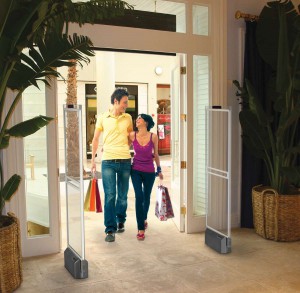
Department stores have long used security systems like the Sensormatic Ultra Exit EAS system shown here. More recent labeling techniques have enabled grocery stores to use them too.
And there were other benefits as well. Hand’s white paper on the study noted a “halo effect;” the deterrent effect of tagging some merchandise seems to spill over to untagged products, reducing overall shrinkage. The system also resulted in improved inventory management and ultimately, a better consumer experience, Warne added. “If you can ensure that a product is not stolen, you don’t have products that are out of stock,” she said. Out-of-stock situations due to theft are not picked up by an inventory management system that works by recording sales. “You don’t know if you are out of stock and you don’t reorder until you physically do an inventory count,” she said. When products are missing from the shelves, she added, “it has a ripple effect and it affects your shopping experience.” And most consumers are familiar with that, even if they don’t know EAS—and all it does to enhance their shopping experience—by that name.
Category: QR codes









